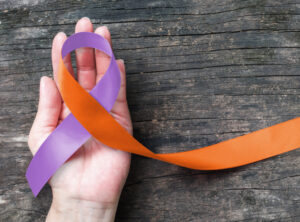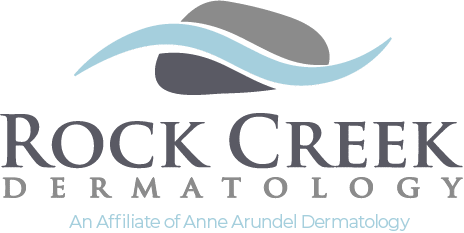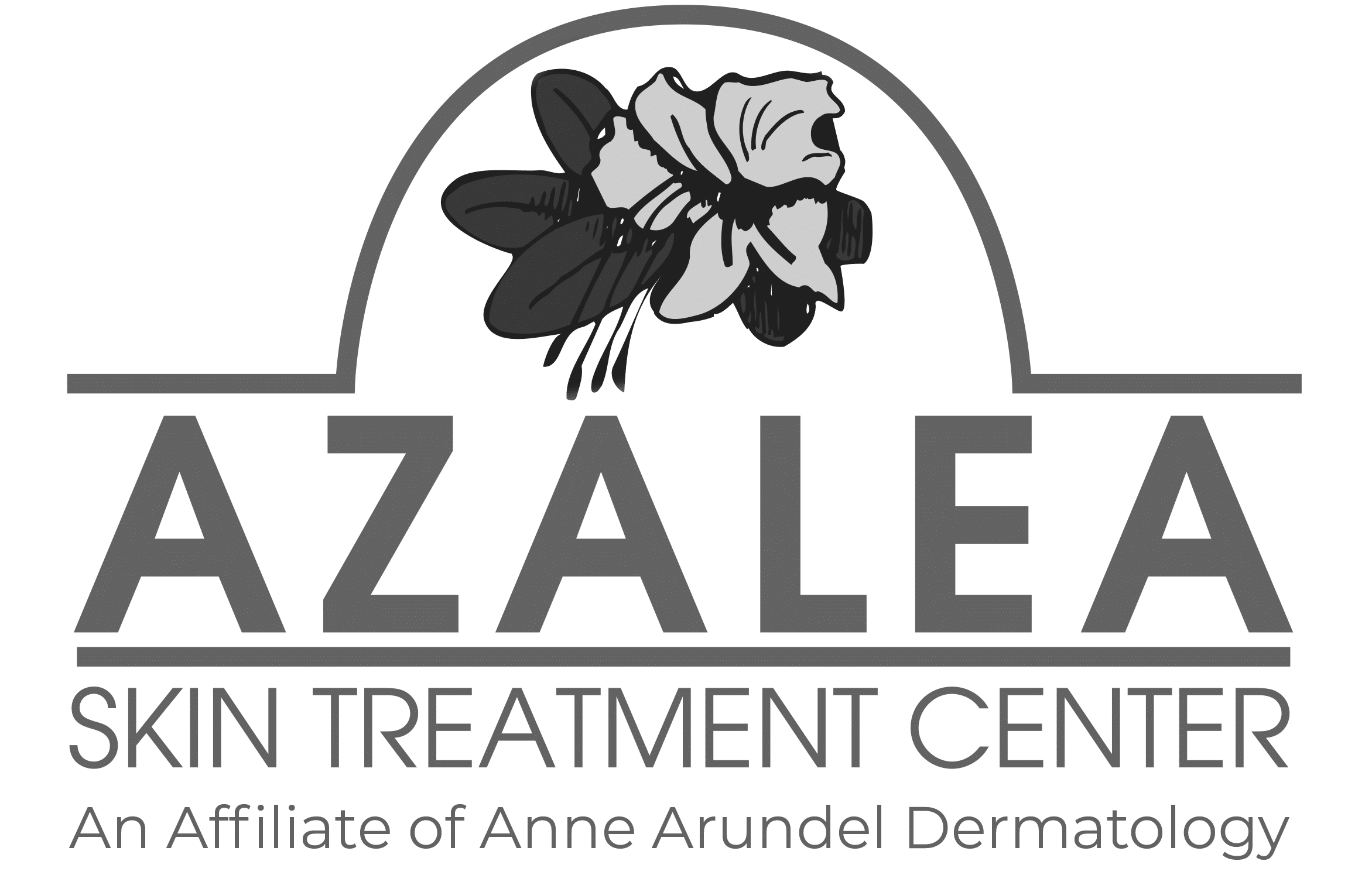Nearest Location to you:
Immune diseases stem from faulty signals in the body that typically have no known cause and result in widespread inflammation. The most obvious signs of psoriasis are scales on the skin and raised plaques. There can be considerable differences in the appearance of plaques based on skin tone and type of psoriasis.
When you have psoriasis, your immune system instructs your skin cells to grow faster than they should. New skin cells normally replace old skin cells monthly. However, the faulty response of psoriasis means your body does not have the chance to keep up with the growth. Rather than shedding old skin cells as your body would normally do, skin cells pile on top of each other and cause dry, red, and flaky patches to appear.
Psoriasis causes new skin cells to grow in only three to four days instead of the typical 30 days. The most common symptoms associated with psoriasis include itching, stinging, and burning sensations. You can develop scales or plaques anywhere on your body, but they are most likely to appear in these places:
Most people develop psoriasis between the ages of 15 and 25, and it affects men and women equally. Children can also develop this immune condition.
The overall health of your immune system and the genetic traits you receive from each parent both play a role in whether you will develop psoriasis. Stress and injuries can be triggers of psoriasis, but the exact cause of the flare-ups remains unknown.
You could have one of five types of psoriasis or a combination of any of the types described below.
Most people develop psoriasis between the ages of 15 and 25, and it affects men and women equally. Children can also develop this immune condition.
The overall health of your immune system and the genetic traits you receive from each parent both play a role in whether you will develop psoriasis. Stress and injuries can be triggers of psoriasis, but the exact cause of the flare-ups remains unknown.
You could have one of five types of psoriasis or a combination of any of the types described below.

This type is exceptionally rare, affecting just two percent of psoriasis sufferers. The primary symptoms of erythrodermic psoriasis are intense reddening of skin and skin that sheds in large sheets rather than small patches.
Approximately eight percent of people living with psoriasis have this type. Common symptoms include small and round red spots on the torso, arms, legs, or anywhere else on the body.
Up to 25 percent of people with psoriasis have this type. Deep red spots and itchiness in the skin folds, including underneath the breasts, genital areas, buttocks, and underarms, are the most common symptoms.
As the most common type of psoriasis, plaque psoriasis affects approximately 80 percent of people with this immune response condition. Plaques are often itchy and painful, and they can appear purple, red, or silver depending on your skin tone.
Roughly three percent of people with psoriasis have this type. You will notice white painful sacs filled with pus that may or may not have reddened skin surrounding them. The sacs can be on one or two areas of the body or your entire body.
This type is exceptionally rare, affecting just two percent of psoriasis sufferers. The primary symptoms of erythrodermic psoriasis are intense reddening of skin and skin that sheds in large sheets rather than small patches.
Approximately eight percent of people living with psoriasis have this type. Common symptoms include small and round red spots on the torso, arms, legs, or anywhere else on the body.
Up to 25 percent of people with psoriasis have this type. Deep red spots and itchiness in the skin folds, including underneath the breasts, genital areas, buttocks, and underarms, are the most common symptoms.
As the most common type of psoriasis, plaque psoriasis affects approximately 80 percent of people with this immune response condition. Plaques are often itchy and painful, and they can appear purple, red, or silver depending on your skin tone.
Roughly three percent of people with psoriasis have this type. You will notice white painful sacs filled with pus that may or may not have reddened skin surrounding them. The sacs can be on one or two areas of the body or your entire body.
To request an appointment, call 443.351.3376 or submit the form below.

The National Psoriasis Foundation states there are about 8 million people in the U.S. who have this condition. Psoriasis is a type of skin disease that creates red and scaly patches on the skin. These tend to hurt or itch. They can occur anywhere but are more common on the trunk, knees, elbows, and scalp. Going a day or more without thinking about their itchy, painful skin is difficult for a person with psoriasis. It can be bothersome, painful, and embarrassing.

The National Psoriasis Foundation states there are about 8 million people in the U.S. who have this condition. Psoriasis is a type of skin disease that creates red and scaly patches on the skin. These tend to hurt or itch. They can occur anywhere but are more common on the trunk, knees, elbows, and scalp. Going a day or more without thinking about their itchy, painful skin is difficult for a person with psoriasis. It can be bothersome, painful, and embarrassing.
Click through to learn more about any area of care. If you have concerns, please give us a call to make an appointment to see your dermatologist.

































Anne Arundel Dermatology is a great place to work. We offer career advancement opportunities. We invite you to View All Current Openings.
